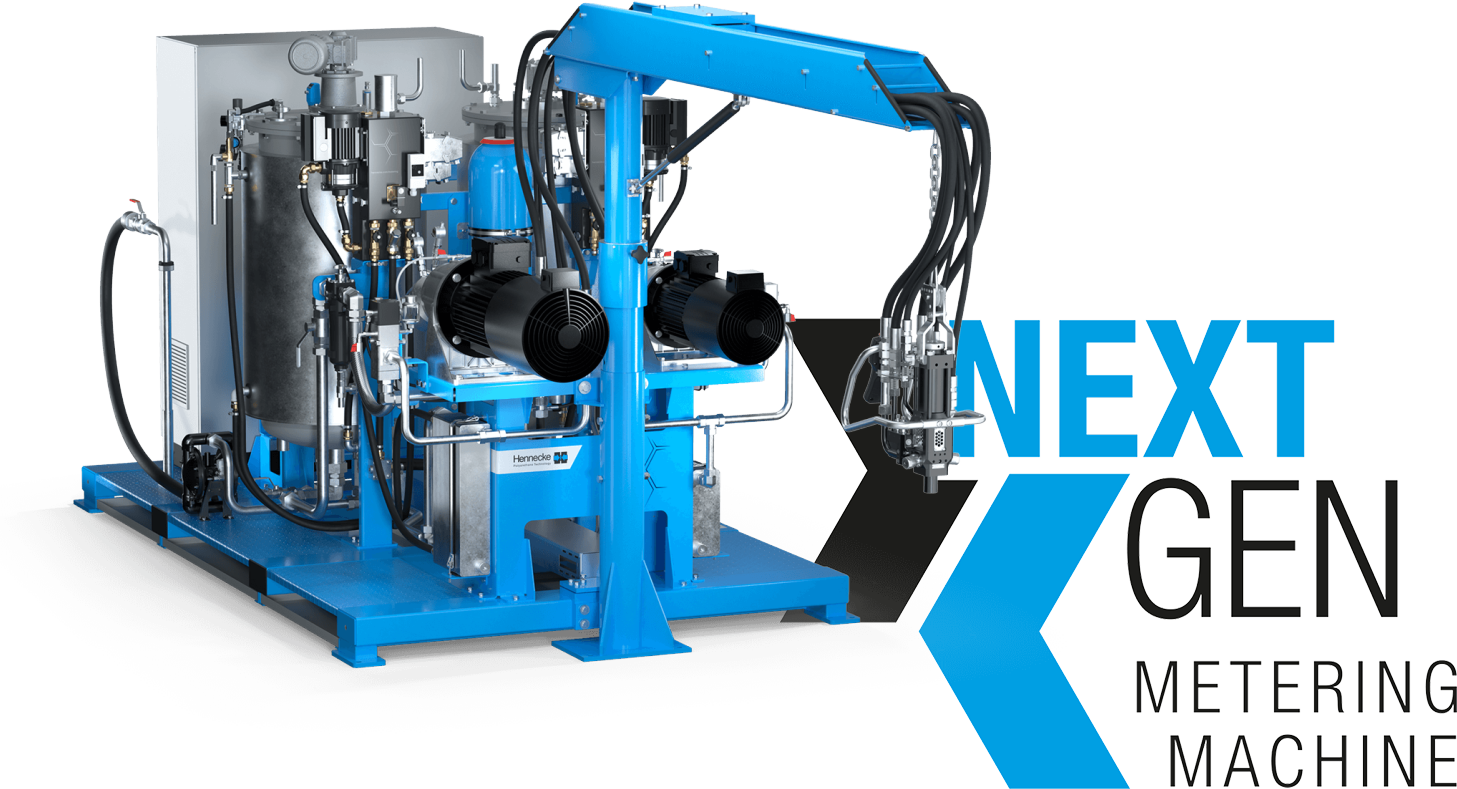The use of fibre composites often starts when the characteristics of other materials no longer meet the customer's requirements. In the manufacture of car load floors, the specific properties of light composites combined with a polyurethane matrix completely meet the mark: complex geometries that are extremely stable and very light.
A three-layer sandwich structure is often used in composites, especially in the field of automotive lightweight construction in which flat and shellshaped panels have to resist high bending loads. The top and lower facings are made of a fibre reinforced composite that ensures the compound's flexural strength and resists the pressure and tension stress that arise. The fibres function as reinforcement components and are connected to each other by a fabric construction or a solid mat. In the automotive area, materials such as carbon or glass are mainly used because of their extremely high strength values. For reasons of cost, carbon is usually applied in the high-end of the market whereas glass features in serial applications. Polyurethane (PU) is preferably used for fixing glass fibre mats because its controllable foaming properties facilitate lightweight Seite 2 von 2 construction. Thanks to its fast reaction, it also meets the short cycle times required. In a sandwich construction, the PU matrix not only fixes the glass mat but also links the core, which is made out of a paper honeycomb structure, to the facings. The core itself can be composed of different geometries and materials. In serial automobile manufacture, paper honeycombs are often used as the core of sandwich structures. This combination of materials allows for the manufacture of composites that exploit and boost the positive characteristics of the individual components while cancelling out unwanted features. End products thus benefit from high component strength and stability combined with low weight.
Efficient production process with PUR-CSM
The "know-how" in the production process of composite parts is focused on the PU application. For an efficient coating process, PUR-CSM technology is indispensable. The advantages consist above all in the very even and reproducible distribution of the polyurethane and the fibres, which, among other things, has a significant effect on the warpage behaviour and contributes to reducing the required amount of material and thus the weight of the component. CSM spray technology is used to wet the semi-finished fibre products on one or both sides with a thermally activated PU system. This enables the processor to go on spraying for a comparatively long and open amount of time. The focused output in certain areas of the components (edges or areas where force is applied) makes it considerably easier to manufacture very large parts or use moulds with two or three cavities. The composite is pressed into shape to form the final product.
Because one CSM spray unit can serve up to three mould carriers depending on the plant configuration, the use of PUR-CSM enables the manufacture of up to 2,000 parts per day.


















